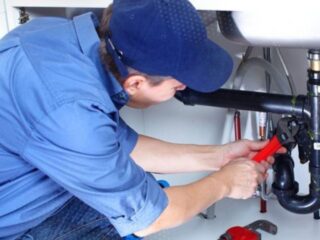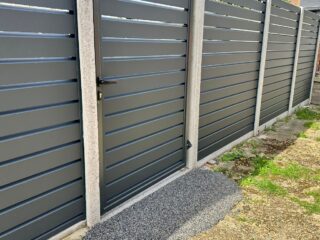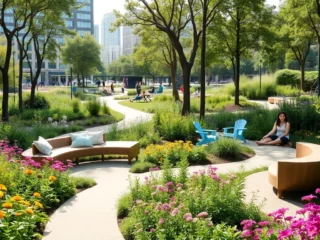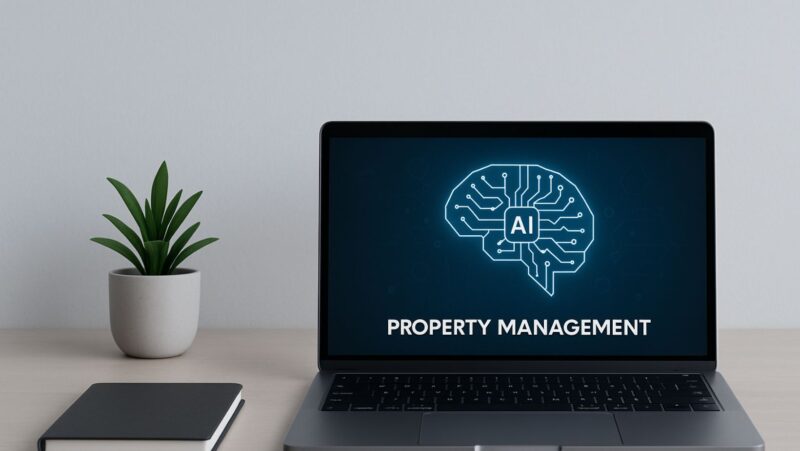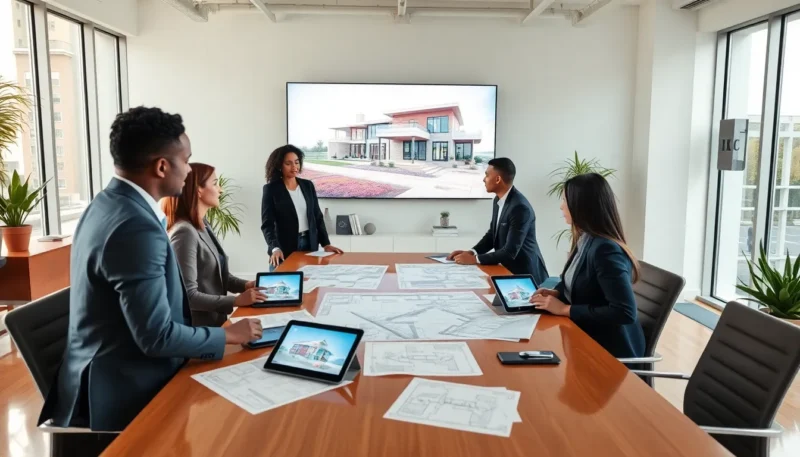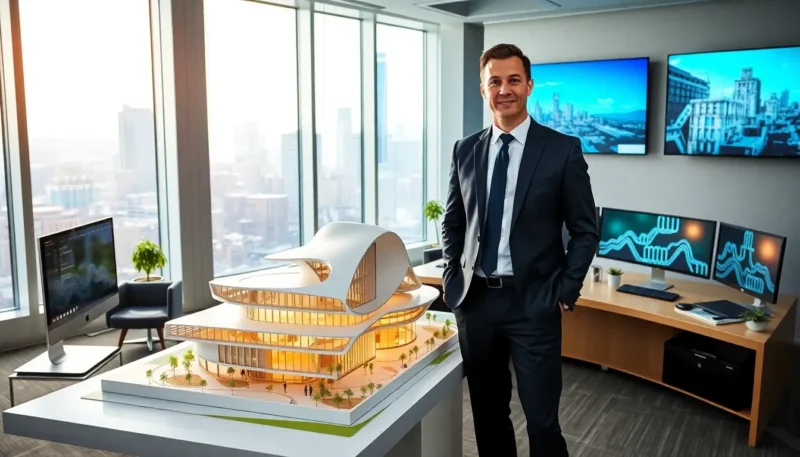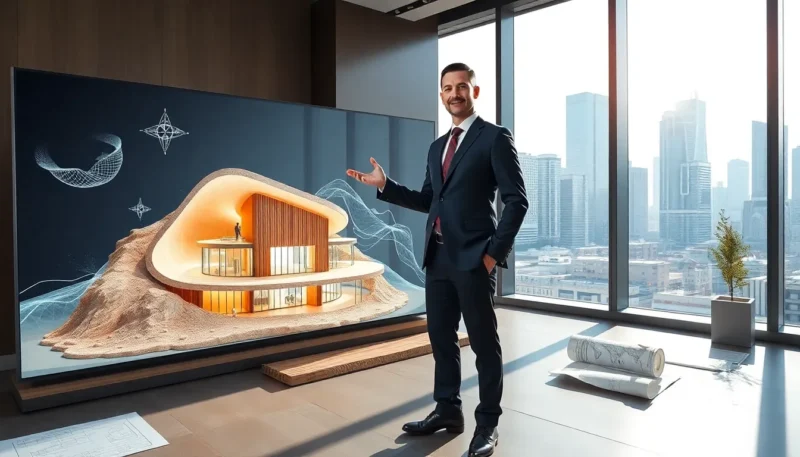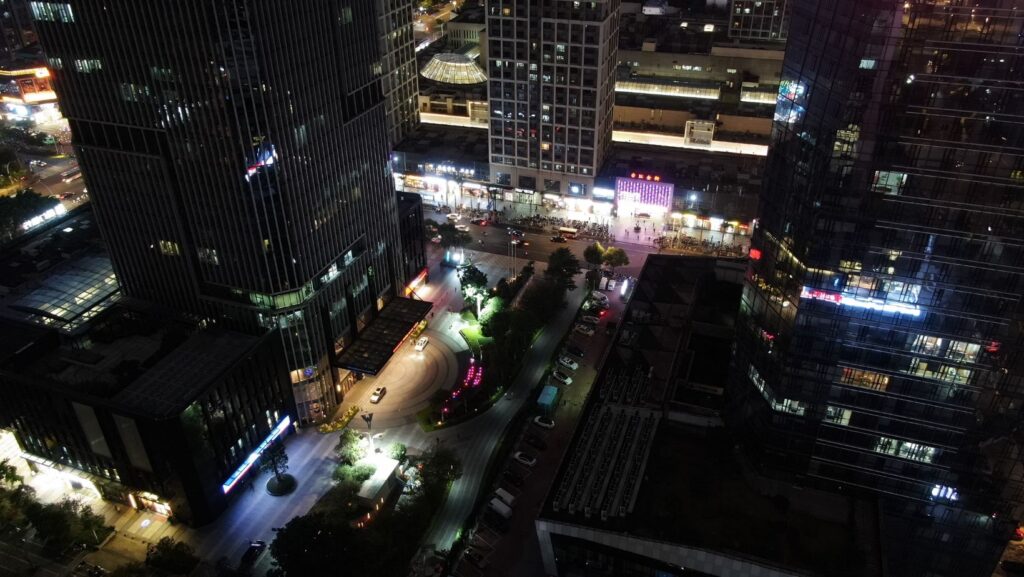
Urban living has evolved dramatically over the last century, driven by growing populations and the increasing demand for sustainable, efficient living spaces. As cities become more crowded, the need to optimize space and resources is more important than ever. Innovative design has emerged as a key solution to address these challenges. With a focus on maximizing limited space, incorporating smart technology, and promoting sustainability, modern design is transforming how people live in urban environments. From compact apartments to multifunctional spaces, these design innovations enable city dwellers to live more comfortably while reducing their environmental impact. As cities continue to grow, these approaches to design help create smarter, more sustainable living solutions for the future. Through a combination of creativity, technology, and sustainability, innovative design is reshaping urban living and improving the quality of life for those who call these cities home.
The Shift to Urban Living
Urban living has become increasingly popular over the last few decades as more people move to cities for better job opportunities, education, and access to amenities. This shift is transforming the way we think about space, with smaller apartments and higher-density housing becoming more common. As cities grow, the demand for efficient living solutions has risen, pushing designers and architects to rethink how space is used.
Some key factors driving this shift include:
- Job opportunities in urban centers
- Access to better healthcare and education
- Convenience and amenities like public transport
- The rise of tech hubs and innovation centers
- Increased demand for sustainable living
- Social and cultural experiences unique to cities
- Lower commuting times and costs
With more people calling cities home, the need for urban living solutions that maximize space and efficiency has never been greater. Innovative design is meeting this demand by incorporating smart technology, sustainability, and multifunctional spaces into urban environments. As cities evolve, this shift towards efficient, thoughtful urban living ensures that even small spaces can feel open, functional, and comfortable.
Space Optimization Techniques
As urban living spaces shrink, optimizing every square inch has become a crucial design strategy. Space optimization techniques help maximize the functionality of smaller homes and apartments, making them more livable without sacrificing comfort. Clever storage solutions, like hidden cabinets and multifunctional furniture, allow residents to keep their living spaces organized and clutter-free. For example, NSA Storage Space Solutions offer innovative ways to store seasonal items or belongings that are not needed every day, helping to clear valuable space in apartments. This approach is about more than just fitting more into a room; it’s about creating adaptable spaces that can change based on the needs of the resident. Folding walls, retractable furniture, and modular storage units are examples of how space can be used efficiently without losing aesthetic appeal. The goal is to create environments where people feel they have enough room to live comfortably while also being able to adapt their spaces as their needs change. With the help of these smart designs and storage solutions, residents can enjoy both functionality and style in even the smallest of urban spaces, allowing them to make the most of their living situation.
Note: The idea of space optimization can be traced back to the rise of minimalist design in the mid-20th century, where reducing unnecessary items and making spaces multifunctional became a popular trend in architecture and interior design.
Smart Technology Integration
Smart technology has become an essential element in transforming urban living spaces, making them more efficient and functional. In the context of urban living, smart technology can optimize everything from energy use to space management. For example, smart thermostats can adjust heating and cooling based on occupancy, ensuring that energy isn’t wasted when rooms are empty. Similarly, smart lighting systems can automatically dim or brighten based on time of day or activity, reducing energy consumption.
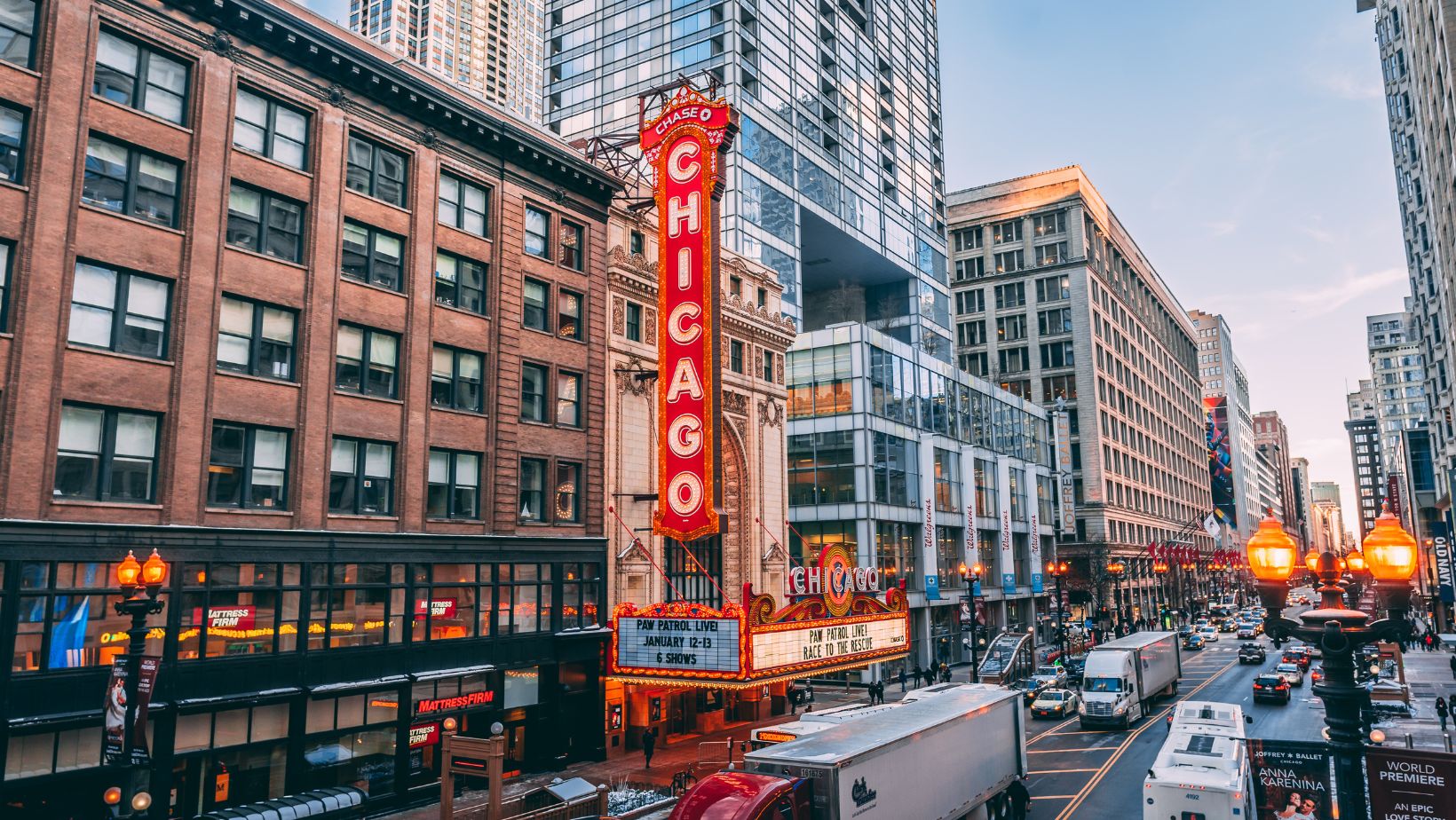
Additionally, integrated home systems allow residents to control appliances, lights, and security systems remotely via smartphones or voice commands, adding both convenience and efficiency to daily life. In smaller urban spaces, smart technology is particularly beneficial as it maximizes the functionality of the area while minimizing clutter. Automated systems can help manage appliances, keeping them running efficiently and reducing maintenance costs. This integration of smart technology not only saves time and money but also contributes to a more sustainable lifestyle, which is increasingly important in today’s environmentally conscious world. With the ability to monitor and control various aspects of home life, smart technology provides both immediate benefits and long-term savings, making it a key component in the future of urban living.
Sustainable Design Practices
Sustainable design practices have become a crucial part of modern urban living, as more people seek eco-friendly solutions to reduce their environmental impact. These practices not only enhance the functionality of spaces but also contribute to long-term sustainability by conserving resources and minimizing waste. Sustainable urban designs can include energy-efficient building materials, green roofs, and the use of renewable energy sources. They also focus on creating spaces that are both functional and environmentally responsible.
Some key elements of sustainable design include:
- Using eco-friendly building materials such as recycled or low-impact resources
- Incorporating renewable energy sources like solar panels or wind turbines
- Designing spaces for natural light to reduce energy consumption
- Implementing rainwater harvesting systems to reduce water waste
By focusing on these elements, cities can reduce their carbon footprint and offer more sustainable living solutions to their residents. Additionally, sustainable design practices often result in cost savings over time, as buildings require less energy to heat, cool, and maintain. For example, buildings that use natural light effectively can reduce the need for artificial lighting, cutting down on electricity usage. Sustainable urban design not only benefits the environment but also enhances the quality of life for residents by creating healthier, more comfortable living environments.
Insight: Sustainable design is all about making choices that help the environment while still providing comfortable living spaces. By using fewer resources and improving energy efficiency, we can create urban areas that are better for everyone—today and in the future.
The Role of Multifunctional Spaces
Multifunctional spaces have become a vital part of urban living, allowing residents to make the most of limited square footage. With innovative design, rooms that serve multiple purposes—like a living room that doubles as an office—help maximize space and improve efficiency. These adaptable spaces provide flexibility, accommodating everything from work to relaxation without taking up extra room. Multifunctional spaces are ideal for modern urban lifestyles, where functionality and comfort must coexist in a compact environment.
Creating a Better Future
Innovative design is key to shaping the future of urban living. By embracing smart technology, sustainable practices, and multifunctional spaces, cities can improve the efficiency and quality of life for residents.
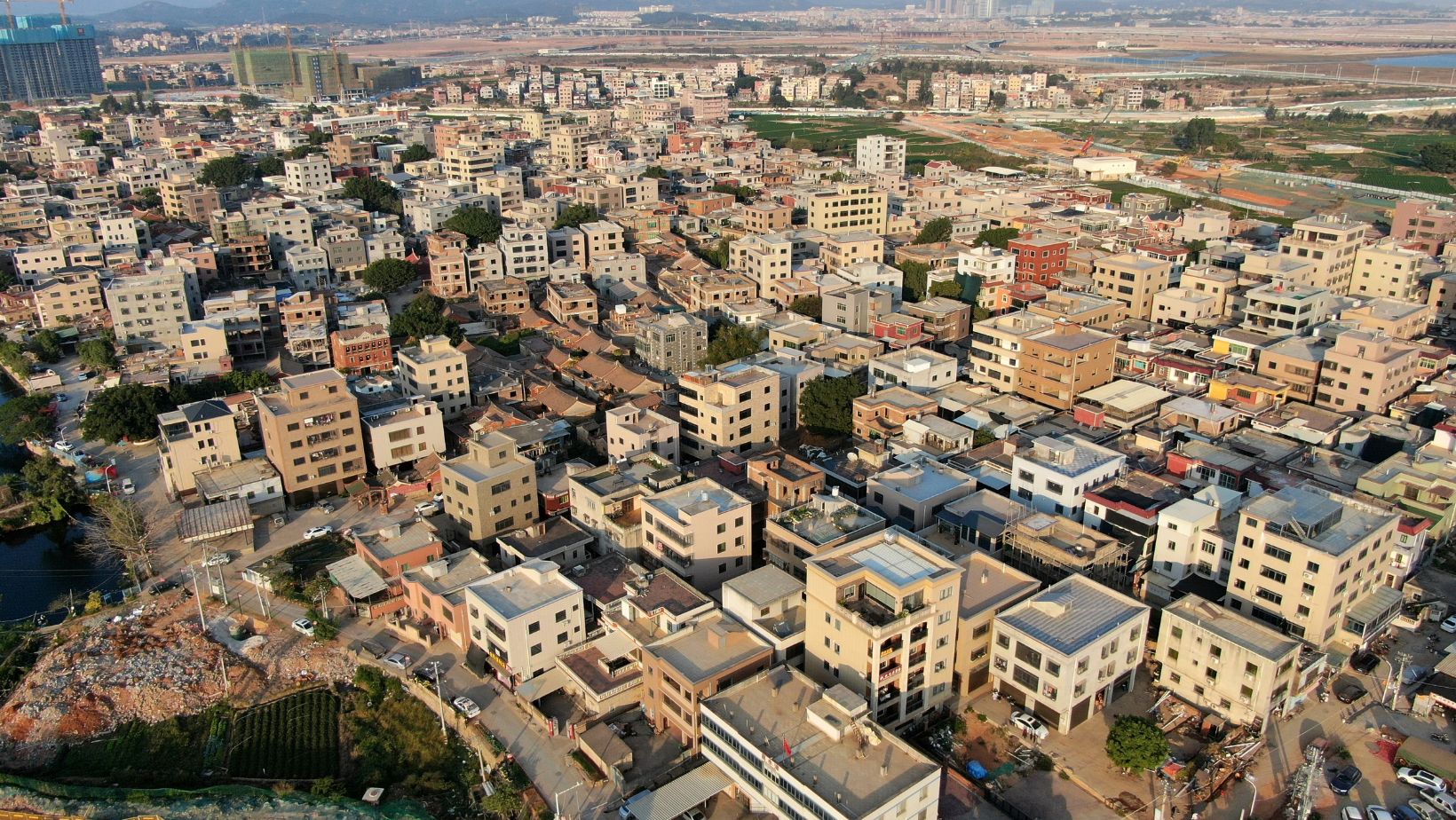
These design solutions not only address the challenges of limited space but also promote sustainability and energy conservation. As urban areas continue to grow, these innovations will ensure that living spaces remain functional, comfortable, and environmentally responsible for future generations.



